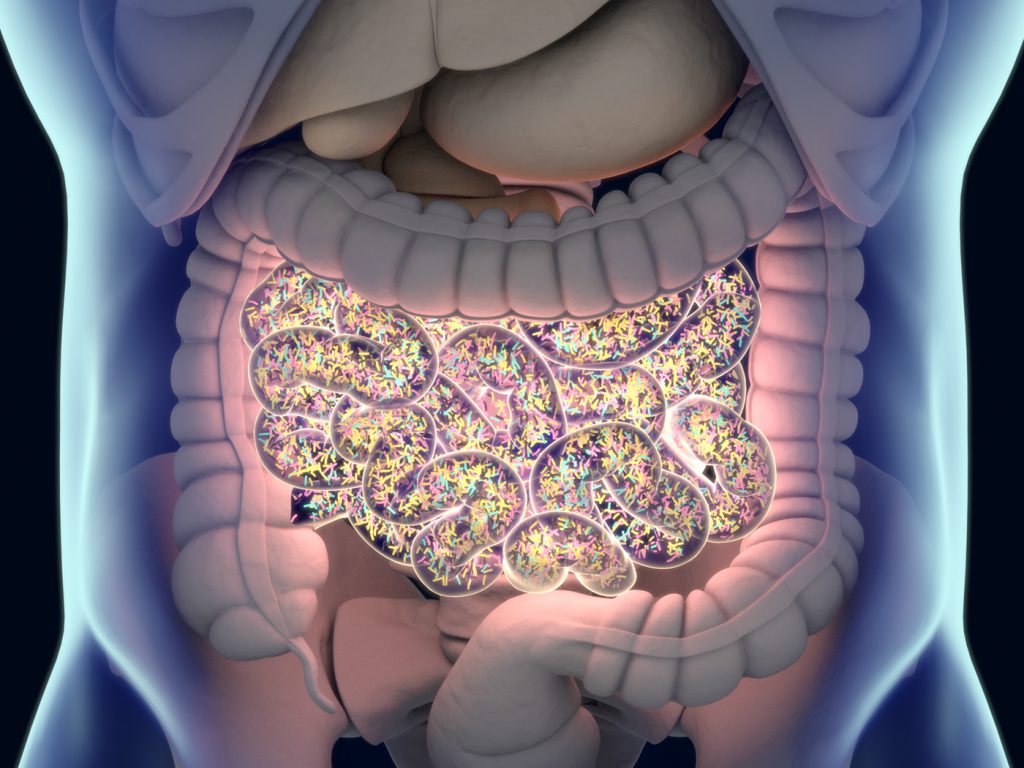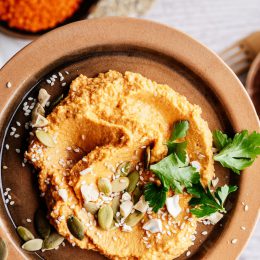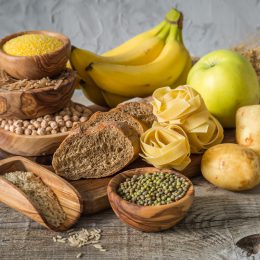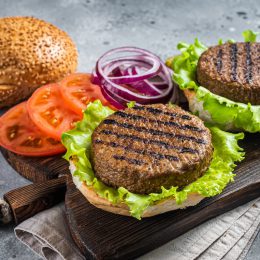The Best Foods for a Healthy Gut
The bacteria living in your belly has a powerful impact on your health. Feel your best by eating more probiotics and prebiotics.

Gut bacteria might not be the sexiest topic, but it’s getting a lot of attention in the health world. And for good reason: A growing body of research shows your gut microbiome (the scientific name for the trillions of microorganisms living in your digestive tract) may play a role in almost every aspect of health, including digestion, immunity, weight, heart health, and even memory.
Maintaining a healthy gut is all about balance. You want the “good” bacteria to outweigh the “bad” bacteria. If this balance is thrown off, it can increase your risk for compromised immunity, inflammation, diabetes, and other negative effects.
While you can’t control everything that affects your microbiome, like where you grew up or getting older, there’s one major way to influence your gut health every day: what you eat. There are two key categories of foods you should be eating to help balance those microscopic bugs and keep your gut in tip-top shape: probiotics and prebiotics.
Category #1: The Probiotics
Often referred to as “friendly bacteria,” probiotics are live microorganisms that we consume in fermented foods. They’re believed to be beneficial to our health in many ways, although scientists are only beginning to prove how. One popular theory is that probiotics help rebalance your gut bugs by creating an environment where the good guys can do their job better.
Other studies have found probiotics can help alleviate irritable bowl syndrome (IBS) and inflammatory bowel disease (IBD) symptoms, infectious diarrhea, and eczema. They may also help prevent allergies and colds. For the best probiotic bang for your buck, try these foods.
Kefir
While yogurt is probably the best-known probiotic food, kefir is like its more powerful cousin. The drink is made by seeding milk with kefir “grains,” which are tiny bundles of yeast and bacteria, and letting it sit. Over time the grains ferment the milk, producing a smooth, slightly tangy drink packed with healthy bacteria. Kefir is also very low in lactose, making it easier to digest for those with intolerant tummies.
Try drinking one cup of kefir per day to reap the most gut-boosting benefits. Just be sure to check the ingredient list before you buy. Many commercial kefir drinks contain very high amounts of added sugar, which feeds bad bacteria in your gut.
Sauerkraut
This popular condiment is bursting with lactic acid bacteria, which makes it a powerful promoter of gut health. So powerful, in fact, that a two-tablespoon serving is enough to reap the benefits, according to researchers at Nicholls State University who named sauerkraut a “probiotic powerfood.” Other foods with that status include Greek yogurt, kimchi, and miso.
Sauerkraut may offer more than gut-boosting benefits. A study at William and Mary college found that eating more fermented foods was linked to less social anxiety. The researchers believe it’s because most of the calming hormone serotonin is manufactured in our guts (not our brains), and the good bacteria boosted serotonin production.
Homemade sauerkraut is always best, but store-bought versions deliver benefits, too. The key is to look for “live cultures” on the label or buy a jar from the refrigerated section. Some canned versions are packed in a vinegar solution without live, active bacteria in the mix.
More Probiotic Foods
- Fermented vegetables (kimchi, carrots, green beans, beets, lacto-fermented pickles, traditional cured Greek olives)
- Fermented soybeans (miso, natto, tempeh)
- Cultured dairy products (buttermilk, yogurt, soft cheeses)
- Fermented grains and beans (lacto-fermented lentils, chickpeas)
- Fermented condiments (raw apple cider vinegar)
Category #2: The Prebiotics
Probiotics get most of the attention, but they couldn’t do their job without their equally important counterparts: prebiotics. Prebiotics are non-digestible fibers, like inulin, that feed the healthy bacteria (probiotics) in your gut to stimulate growth and promote balance. This is especially helpful as we age since our level of beneficial gut bacteria naturally decreases. Try these potent prebiotic foods.
Leeks
Many vegetables contain prebiotics, but they’re especially concentrated in leeks as well as garlic and onions. But for the most prebiotic benefit, eat these foods raw instead of cooked.
Toss these stem-like veggies in a salad with salt, a little raw apple cider vinegar, and olive oil, and you have a tasty, easy-to-digest meal to feed your gut colony.
Jerusalem Artichokes
Also known as a sunchoke, this vegetable is one of the richest sources of inulin, which functions as a prebiotic during digestion. In other words, it helps stimulate healthy bacteria growth while also reducing the number of potentially harmful yeast, parasites, and bacterial species living in the body that trigger inflammation.
Subscribe to our newsletter
It's quick and easy. You could be one of the 13 million people who are eligible.
Already a member? Click to discover our 15,000+ participating locations.
Follow Us
If you’ve never tried Jerusalem artichokes, nutritional therapist Amelia Freer suggests starting slow, as they can cause intestinal discomfort or bloating in those with sensitive digestive systems. But don’t let that deter you. Not only are Jerusalem artichokes powerful gut-building foods, they’re also delicious roasted, steamed, or lightly sautéed.
Blueberries
Blueberries are often celebrated as heart-healthy fruits, thanks to having the highest concentration of antioxidants among most berries. But those antioxidants are also great at regulating the gut’s microbial balance.
Plus, a 2010 Swedish study found that when blueberries were eaten together with probiotic-rich foods, they reduced inflammation-inducing bacteria but increased good bacteria.
Add some blueberries on top of yogurt for a quick prebiotic-and-probiotic breakfast combo.
More Prebiotic Foods
- Asparagus
- Cereal grains (whole wheat, barley, rye)
- Chicory root
- Dandelion greens
- Endive
- Green bananas and plantains
- Honey
- Jicama
- Legumes
- Oats
- Seaweed
Take Your Favorite SilverSneakers Classes Online!
SilverSneakers members can access live fitness classes and wellness workshops through SilverSneakers LIVE. See the latest schedule and RSVP for classes here.
Not a member? If you have a Medicare Plan, it may include SilverSneakers—at no additional cost. Check your eligibility instantly here.





